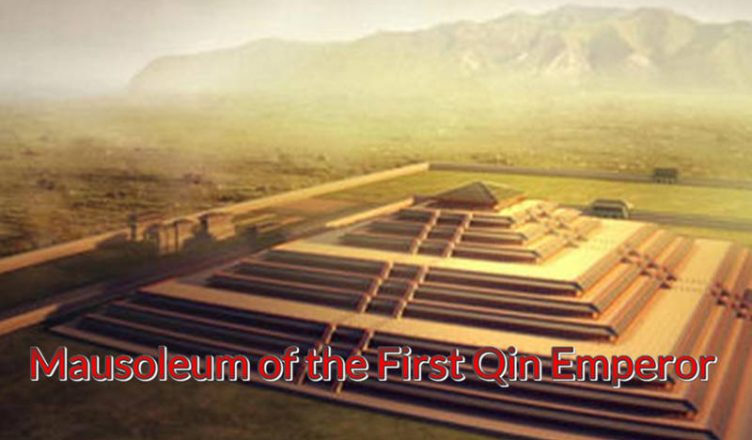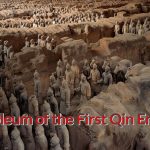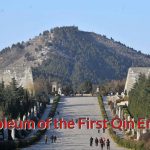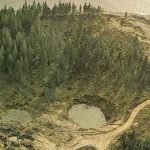In the long river of Chinese civilization, the Mausoleum of the First Qin Emperor stands as a dormant cultural treasury, showcasing the magnificence and profoundness of China’s imperial history over millennia. As one of China’s most significant intangible cultural heritage sites, the Mausoleum of the First Qin Emperor has gained global renown for its immense scale, unique structure, and rich content among imperial tombs worldwide. This tomb serves not only as the tranquil resting place of ancient emperors but also as a luxurious and mysterious underground palace.
The existence of the Mausoleum of the First Qin Emperor is not merely a historical testament; it is also a precious contribution to Chinese civilization. This ancient tomb, resembling a colossal historical epic, allows us to glimpse into the systems, culture, and art of the pre-Qin period, providing crucial clues for interpreting the trajectory of Chinese civilization. The grandeur and mystery of the Mausoleum of the First Qin Emperor represent not only the brilliance of the past but also the heritage of civilization today. It continues to pass down this historical gem, serving as a crucial window for us to understand the rich essence of Chinese civilization.
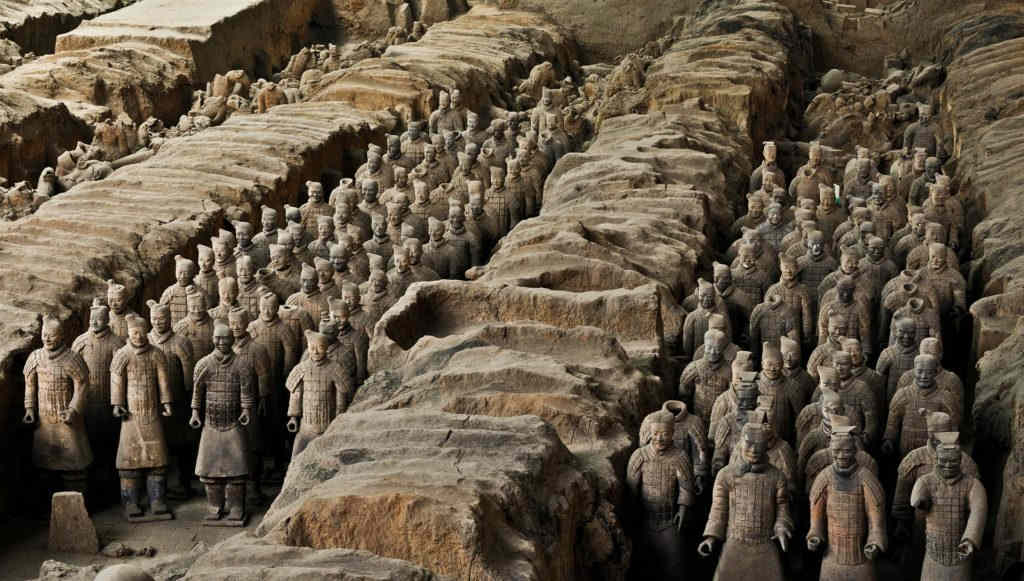
Cultural Significance
The Mausoleum of the First Qin Emperor is one of China’s most important intangible cultural heritages. Among imperial tombs worldwide, it stands as the largest, most uniquely structured, and content-rich ancient imperial tomb in the world today. In essence, it is a luxurious underground palace. The use of advanced global technologies during excavation has ensured the well-preserved condition of the Mausoleum of the First Qin Emperor and the Terracotta Army site. Utilizing appropriate technological conservation methods has effectively prevented natural and human-induced damages such as sun exposure, erosion, and oxidation, thus preserving the entire site, including the mausoleum, Terracotta Army, and other unearthed artifacts and relics, in its entirety. The discovery of the Qin Terracotta Warriors Pit represents a significant excavation in the contemporary archaeological and cultural history, rightfully earning its place as the 8th wonder of the world alongside the pyramids of ancient Egypt and the sculptures of ancient Greece. This discovery is not only a testament to the grandeur of the past but also a precious heritage for global human civilization. The Terracotta Army’s rarity in archaeological excavation has provided scholars with abundant physical materials, enabling in-depth research and exploration into the institutional and thematic history of pre-Qin China. Scholars have utilized these tangible materials to initiate new discussions and in-depth studies, resulting in numerous valuable findings that enrich and deepen our understanding of early Chinese history.
Artistic Value
As an artistic legacy, the creation of the Terracotta Army of the First Qin Emperor exhibits a vibrant and intricate artistic technique. The facial expressions are vivid and diverse, each warrior possessing a distinctive personality and strongly reflecting the characteristics of the era. This period witnessed the pinnacle of clay sculpture artistry. The coloring technique applied to the Terracotta Army is equally breathtaking. In ancient times, people extracted pigments by grinding and crushing minerals, soil, or plants. Observations through instruments have revealed over a dozen pigments on the body of the Qin Terracotta Warriors, indicating the highly advanced pigment extraction and smelting techniques of ancient craftsmen. The coloring process involves polishing the rough surface of the warriors, followed by layering with mud, a lacquer coating, and finally pigments. Through continuous application of color, the awe-inspiring “Eighth Wonder of the World,” the Terracotta Army, as we see it today, gradually emerged.
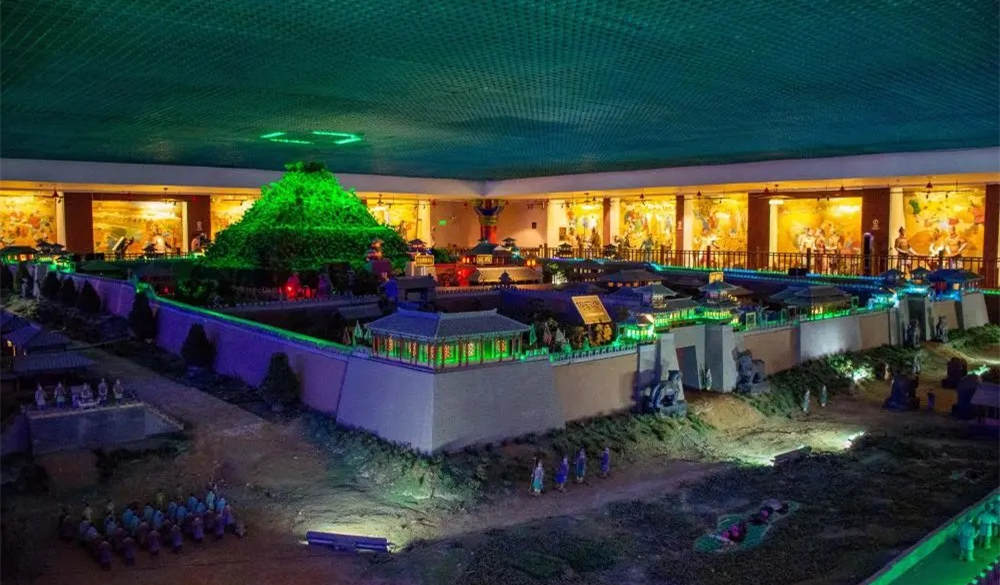
Relevant Controversies
1. Mercury River Controversy
The use of mercury to simulate rivers and seas in the Mausoleum of the First Qin Emperor is mentioned in “Records of the Grand Historian,” with similar records in the “Book of Han.” However, whether there is indeed a mercury river in the Mausoleum of the First Qin Emperor has been a subject of historical debate, with no conclusive research results throughout history. Some argue that if the distribution of mercury is considered a symbol of rivers and seas, it aligns with the geographical locations of the Bohai Sea and the Yellow Sea in China. It should be noted that despite these research findings, the existence of a mercury river in the Mausoleum of the First Qin Emperor and whether the distribution of mercury represents rivers and seas remain disputed viewpoints. Ancient texts do not provide definitive evidence for these details, and the study and preservation of the Mausoleum of the First Qin Emperor, as a historical relic, face certain difficulties and limitations.
2. Terracotta Army Controversy
There are four main perspectives among scholars regarding the specific arrangement of the Terracotta Army: symbols of the imperial guard during Emperor Qin Shihuang’s eastern tour, representation of military stationed outside the capital as a guard, formation consisting of regular and elite troops with a command structure, and components of the central army rather than left, center, and right wings. These perspectives offer different interpretations of the organization and purpose of the Terracotta Army, but as of now, none has gained widespread acceptance. Historical and archaeological research on the function and organization of the Terracotta Army remains contentious due to limited details in ancient texts. Scholars rely on analyses of the site itself and other archaeological findings to draw various conclusions.
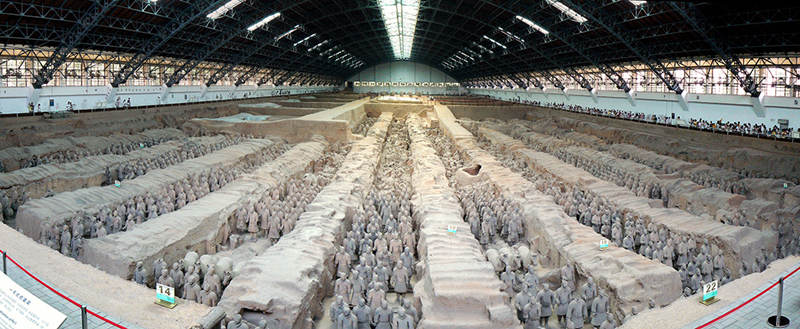
3. Orientation of the Mausoleum of the First Qin Emperor
The Mausoleum of the First Qin Emperor is oriented from west to east, a unique feature among imperial tombs throughout history.
Speculation 1: Emperor Qin Shihuang once dispatched Xu Fu to search for the elixir of immortality. However, Xu Fu left without returning, and some Japanese people consider him their ancestor. Emperor Qin Shihuang was unable to fulfill his desire to personally reach the eastern immortal realm. Therefore, he decided to have his tomb face east, hoping to achieve the ultimate goal of being guided to the heavenly kingdom by immortals.
Speculation 2: Qin was located in the west, and the Qin people expanded eastward in their conquests. Emperor Qin Shihuang unified six states, ending the conflicts among feudal lords and establishing the first monarchy in Chinese history. To showcase the great achievement of conquering the eastern six states and unifying China, he chose to have the tomb face west to east.
Speculation 3: During the Qin and Han periods, whether it was the emperor, feudal lords, or generals, even ordinary households, the master’s seat was oriented from west to east. To maintain this concept of “honoring the seat” after unifying the country, Emperor Qin Shihuang selected a tomb facing west to east.
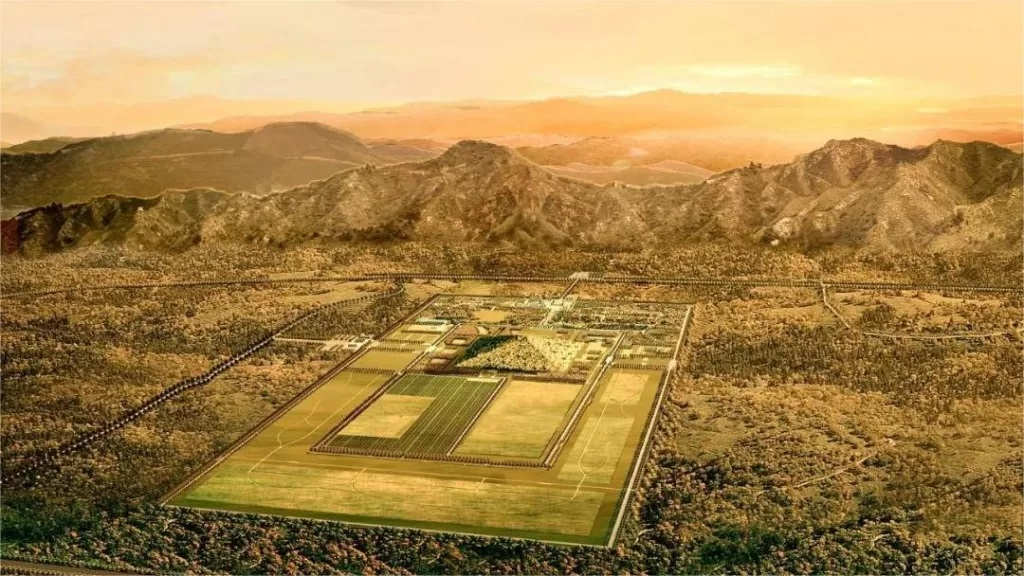
4. Song Dynasty Theft
Whether the Mausoleum of the First Qin Emperor was looted during the Song Dynasty remains a controversial historical question. Some scholars argue that, based on records extracted by Qing Dynasty scholar Xu Song from the “Song Hui Yao Ji Gao” in the “Yongle Encyclopedia,” by the beginning of the Song Dynasty, a total of 28 imperial tombs, including the Mausoleum of the First Qin Emperor, had been looted and significantly damaged. The Song Dynasty court conducted reburial and restoration efforts in response. It is believed that this reburial might have occurred over 1000 years ago. Archaeological teams conducting surveys in the underground palace of the Qin Mausoleum have discovered some looting holes, though they have not yet entered the interior. As a result, some scholars lean towards the belief that the Qin Mausoleum was not looted. However, this viewpoint faces academic scrutiny. Regarding Xu Song’s records, some point out potential insufficiencies and inaccuracies in historical materials, as the compilation of the “Song Hui Yao Ji Gao” occurred a considerable time after the history of the Mausoleum of the First Qin Emperor. Additionally, uncertainties arise due to the preservation status of ancient texts, making it challenging to definitively establish whether the Qin Mausoleum was looted and the historical circumstances surrounding it. In the field of archaeology, research on the Mausoleum of the First Qin Emperor continues. Despite findings of looting holes and abnormal mercury content through remote sensing technology and drilling, definitive proof of severe looting remains elusive.
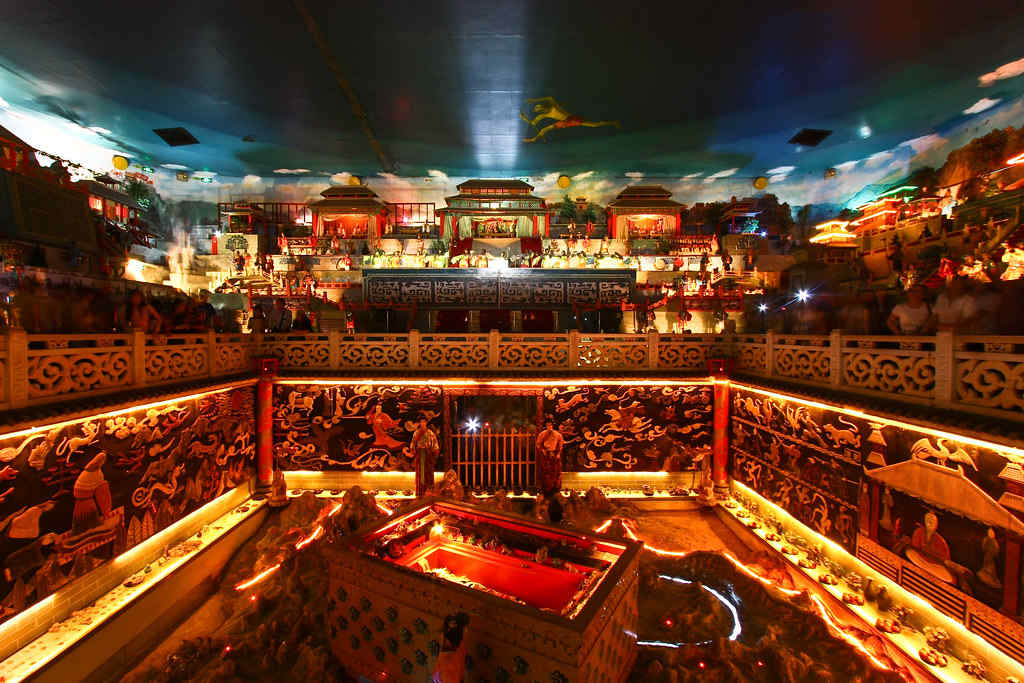
5. Excavation Controversy
Controversy surrounding the excavation of the underground palace of the Mausoleum of the First Qin Emperor has never ceased. Many are eager to witness the imperial tomb of the eternal emperor and unravel the mysteries troubling the fields of archaeology and history. However, within the professional realm of archaeology, there is a consensus that active excavation should be avoided. Excavating underground artifacts inevitably results in a certain degree of damage or harm to cultural relics. Therefore, archaeologists typically conduct salvage excavations, resorting to excavation measures only when artifacts are damaged due to construction, theft, natural disasters, etc., to preserve the integrity of cultural relics. The Mausoleum of the First Qin Emperor may contain exquisite murals, but once unearthed, these paintings are prone to damage due to factors such as oxygen and humidity in the air. In the absence of mature protection technologies, the information on artifacts may be lost during the protection process, a loss that is deeply regrettable for archaeologists and cultural conservationists.
END:
In summary, the Mausoleum of the First Qin Emperor, a marvel of ancient Chinese architecture and history, is shrouded in intriguing controversies that have captivated scholars and historians for centuries. The debate over the presence of a mercury river within the mausoleum during the Song Dynasty remains unsettled, with conflicting interpretations of historical records and ongoing archaeological investigations.
The disputed accounts of theft during the Song Dynasty, as documented by Xu Song, introduce a complex narrative regarding the vulnerability of imperial tombs to looting and the subsequent reburial efforts by the Song Dynasty court. Scholars grapple with questions of historical accuracy and the reliability of ancient texts, adding layers of uncertainty to the understanding of the mausoleum’s past.
Furthermore, the ongoing excavation debate surrounding the Mausoleum of the First Qin Emperor reflects the ethical considerations within the field of archaeology. The desire to unravel the mysteries of this ancient marvel must be weighed against the potential harm to cultural relics through active excavation. The consensus leans towards caution, advocating for salvage excavations only when artifacts face imminent threats from construction, theft, or natural disasters.
As technological advancements continue to enhance archaeological methods, the Mausoleum of the First Qin Emperor remains a focal point of exploration, with the hope of uncovering more secrets and resolving lingering controversies. The delicate balance between preserving the integrity of historical artifacts and satisfying the curiosity of scholars underscores the complexities inherent in the study and protection of this iconic archaeological site.
More UFOs and mysterious files, please check out our YouTube channel: MysFiles
Mysterious Stone Spheres around the world – Costa Rica, European forest, Russia, Kazakhstan
